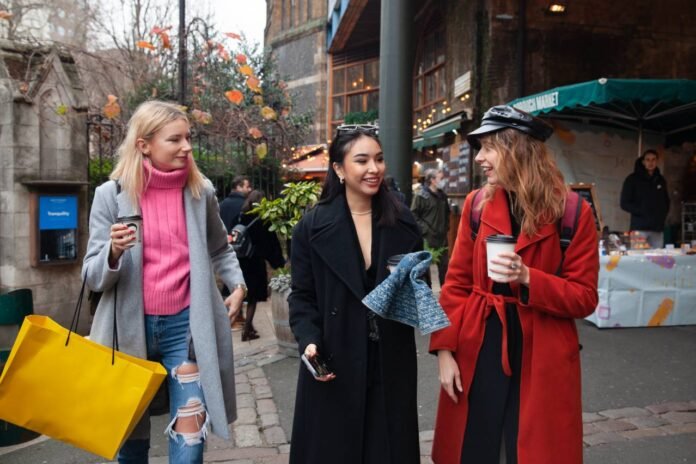London is one of the big four fashion capitals of the world along with New York, Paris, and Milan.
That’s not all, some of the most successful luxury fashion designers including Alexander McQueen, Stella McCartney, and Vivienne Westwood, call London their home and inspiration for their respective fashion empires.
So, what does this mean to you if you wish to pursue a fashion degree?
While the fashion industry is highly competitive, doing an MA fashion course from a reputed institution from a reputed institution in a fashionable city like London, can help you secure your desired position in the industry.
It can give you the best resources and inspiration to improve your creative and technical skills to start a career in the fashion and textile industry.
In this article, we will look at how London’s fashion has evolved and expanded throughout the years, and you will find out why London is called the innovative hub of fashion trends and styles.
The 1800s
Both men’s and women’s fashion saw modernisation towards the end of the 18th century. Men wore tailcoats, the ladies wore corsets and gowns.
Fabrics and dyes were shipped to the city from various parts of the British Empire, around the world.
Interestingly, this contributed to the availability of new silhouettes and colours in post-Victorian clothing.
The widespread availability of sewing machines began in this era!
The 1900s
The ladies were still wearing corsets that drew the hips back and the chest forward. Flouncy blouses trimmed with lace or ribbon were also part of the style.
As for men, three-piece suits and hats were in vogue.
The 1940s
War was everywhere. The United Kingdom government even introduced clothing guidelines to reduce fabric use.
The new guidelines led to the introduction of more practical, military-inspired clothing with padded shoulders and more buttons.
Designers started using bold colours to make the clothing more appealing and used low-cost materials like rayon.
The 1980s
This was the decade of denim jackets and skirts.
The mid-80s also saw the first-ever edition of London Fashion Week as fashion shows were slowly gaining momentum in major cities such as New York and Paris.
The decade also saw the emergence of young and ambitious designers who decided to start their businesses in the form of boutiques.
The 1990s
Being comfy started gaining popularity. Men and women started choosing looser fits like jeans, biker shorts, and baggy hoodies.
Grunge fashion (durable and timeless thrift-store clothing) popularised by music bands like Nirvana, and Pearl Jam, became a thing among men.
The 2000s
The decade saw the beginning of fast fashion. Many clothing inspired by celebrity fashion were mass-produced so that the common people could afford it.
Mesh tops, wide-leg and skinny jeans, bedazzled t-shirts, ugg boots, and wide belts became popular.
The fashion today
London is now moving towards sustainable fashion, even though it faces huge competition from fast fashion.
Slow fashion is gradually taking its space and focusing on less wastage and quality clothing.
The cultural diversity, rich history, the vibrant and progressive fashion trends have made London, the innovative hub of fashion and the source of inspiration for many budding fashion aspirants.
Enroll in a fashion course today!


